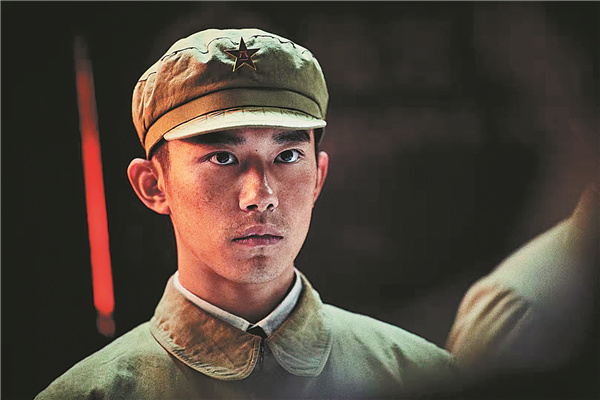

According to Yu, Chen-an iconic figure in China's "fifth-generation" of directors-was in charge of the tone and theme with his profound knowledge of Chinese history; Tsui worked on crowd-pleasing elements and cinematic aesthetics with his bold imagination and Lam directed the stunts and battle scenes with his experience in action sequences.
Responding to online skepticism that it might have been written hastily, Huang, the chief executive producer, explains the original story was first written by veteran scriptwriter Lan Xiaolong seven years ago. The project actually started shooting in early 2019.
The script was later revised more than 30 times to make it more condensed, with the main plotline following a couple of siblings, starring Wu Jing as a company commander and Yi Yangqianxi as his younger brother, also a new recruit in the company.
"We had more than 10 teams to coordinate the complex procedures, varying from shooting sets to props and weather, trying to make each of the three directors' content smoothly connected," says Huang.
Chen, born in Beijing in 1952, had heard the battlefield stories from CPV veterans when he was young.
"Figuratively speaking, the War to Resist US Aggression and Aid Korea was like a signal flare, which rose into the night sky in the 1950s and lit up the future of our country," says Chen. The battle in the film's title took place between Nov 27 and Dec 24 in 1950. With the temperature in some areas plunging to minus 40 C, the lowest in 50 years, more than 100,000 soldiers from the 9th Corps of the Chinese People's Volunteers army ambushed enemies on snowy areas near Changjin Lake, also known as Chosin Reservoir, enduring freezing weather, shortage of food and lack of adequate winter clothing to repulse the elite US troops, turning the tide of the war.